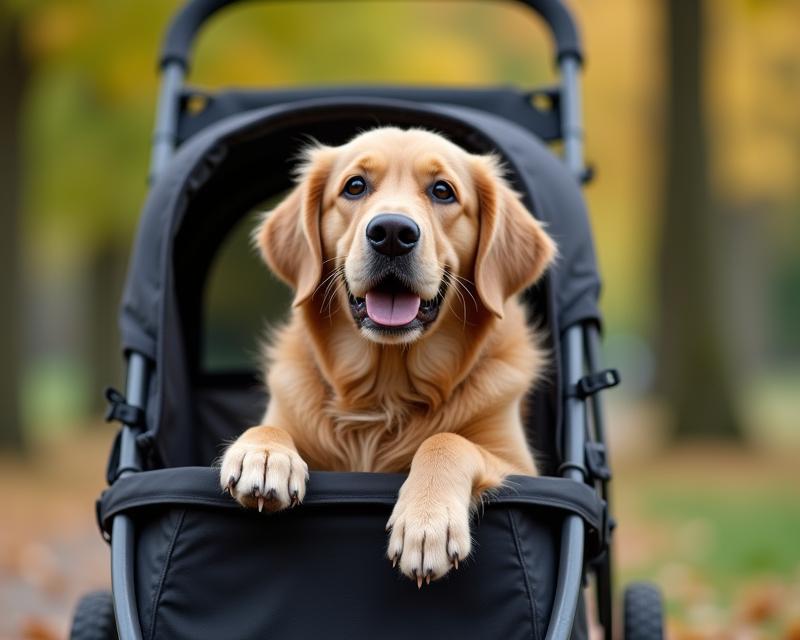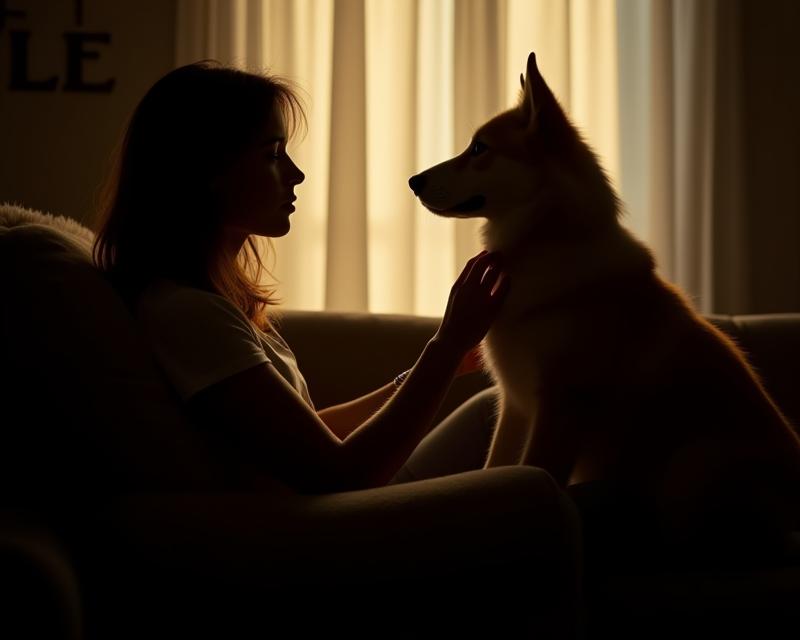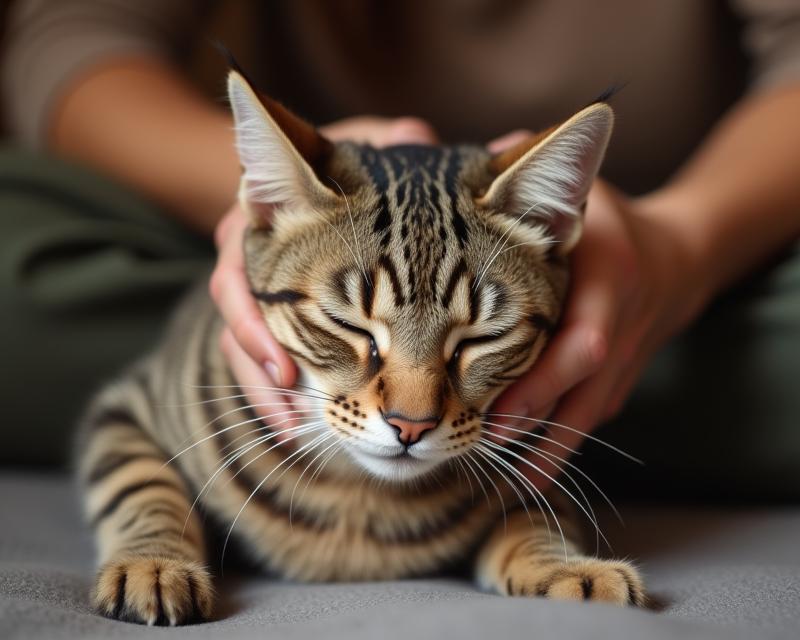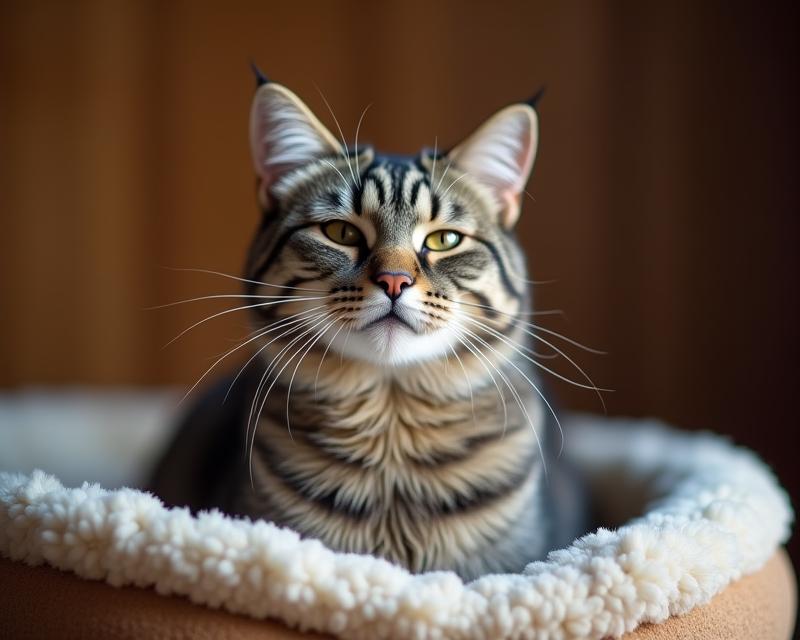Stroller Stress: Understanding Dog Compulsions
Publish in Health el 28/06/2025 19:21
Stroller Stress: Understanding Dog Compulsions
It's wonderful to take your furry friend for walks in a stroller! It offers a safe and comfortable way for dogs with mobility issues, seniors, or those recovering from injuries to enjoy the outdoors. However, sometimes, a stroller ride can trigger unusual behaviors. Have you noticed your dog repeatedly trying to jump out, pawing at the sides, or exhibiting other repetitive actions while in the stroller? You're not alone! This can be a sign of a compulsive behavior, and understanding why it happens is the first step to helping your pup.

What are Compulsive Behaviors?
Compulsive behaviors are repetitive actions that animals (and humans!) engage in, often seemingly without a clear reason. They can be a way for your dog to cope with anxiety, stress, or even just boredom. In the case of a stroller, the confined space, unfamiliar surroundings, and feeling of being restricted can all contribute to these behaviors. Think of it like a self-soothing mechanism – the repetitive action provides a temporary sense of relief.
Why Does it Happen in a Stroller?
Several factors can make a stroller a trigger for compulsive behaviors. The feeling of being trapped is a big one. Your dog might miss the freedom of walking at their own pace and exploring their environment. Also, the limited visibility can be unsettling. They may be anxious about not being able to see everything around them. Sometimes, it's simply a learned behavior. If your dog has previously tried to escape from similar situations, they may have developed a pattern of trying to do so again.
What Can You Do?
If you suspect your dog is exhibiting compulsive behaviors in the stroller, here are some things you can try: First, make sure the stroller is properly fitted and comfortable. Ensure your dog has plenty of room to move and isn't feeling cramped. Gradually acclimate your dog to the stroller. Start with short periods of time, rewarding calm behavior with treats and praise. Provide plenty of mental stimulation before and after stroller rides – a good walk, some puzzle toys, or training sessions can help reduce anxiety. If the behaviors are severe or persistent, consult with your veterinarian or a certified veterinary behaviorist. They can help rule out any underlying medical conditions and develop a tailored behavior modification plan. Remember, patience and consistency are key!
- Ensure proper stroller fit.
- Gradual acclimation to the stroller.
- Provide mental stimulation.
- Consult a professional if needed.
By understanding the potential causes of compulsive behaviors in a stroller, you can help your dog have more enjoyable and stress-free outings. A little patience and understanding can make a big difference in your furry friend's well-being!





